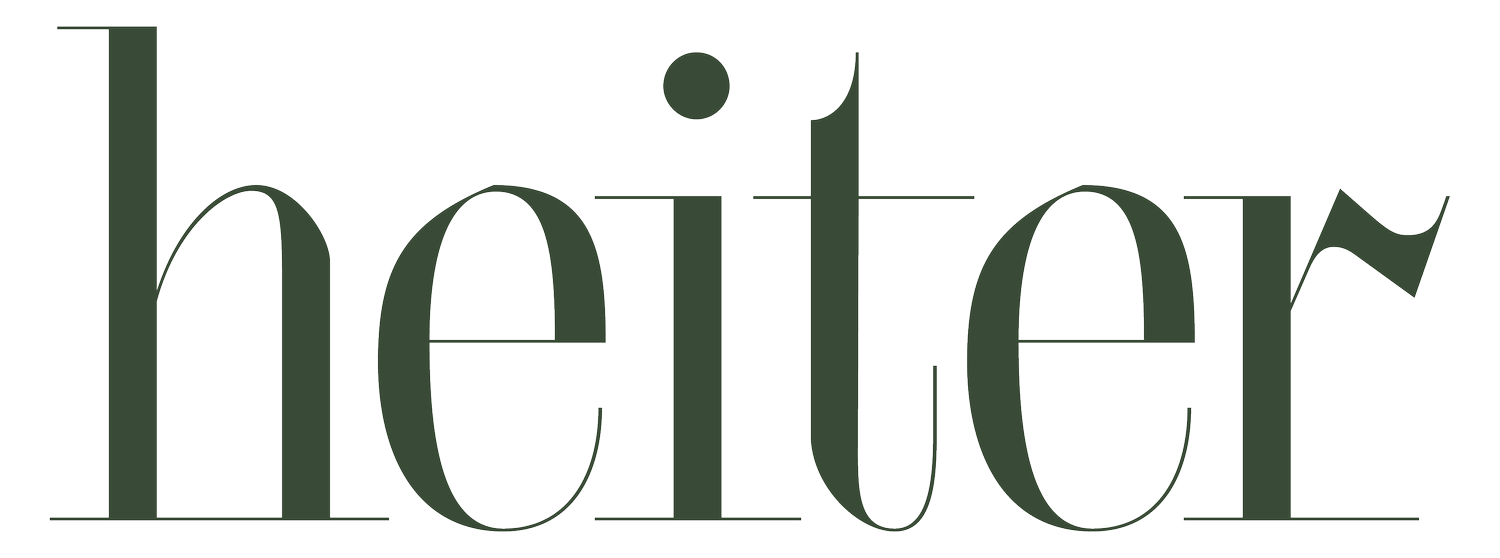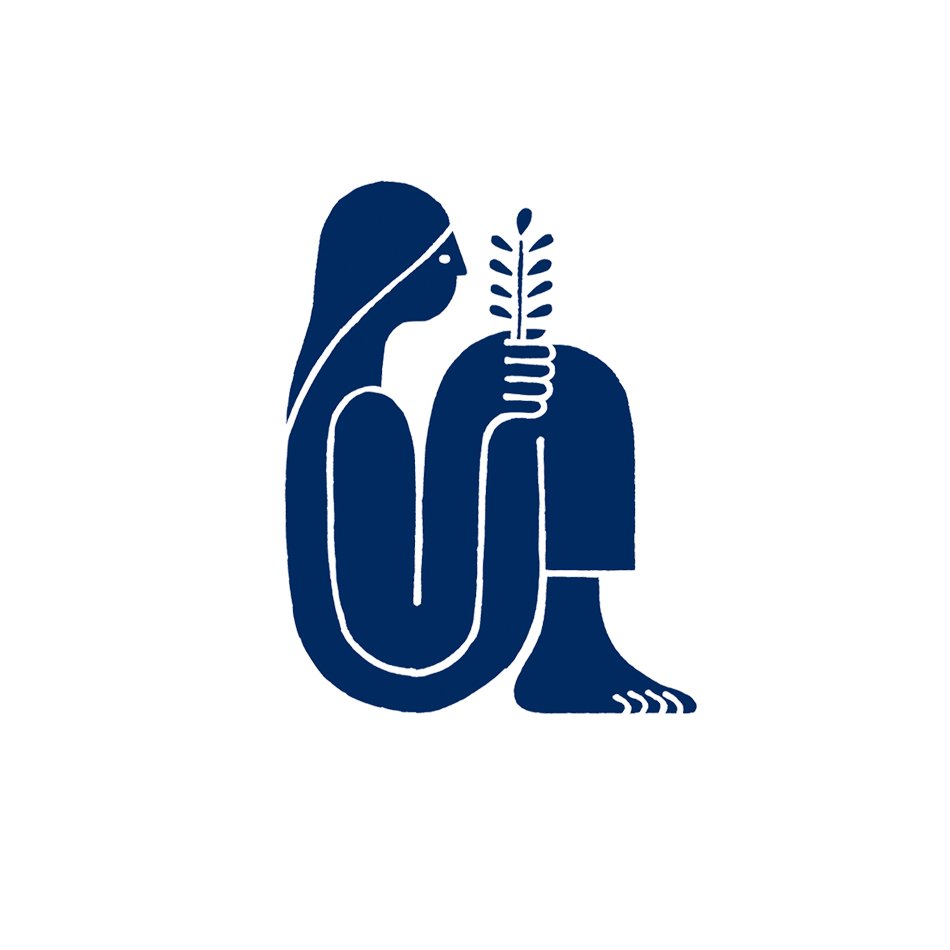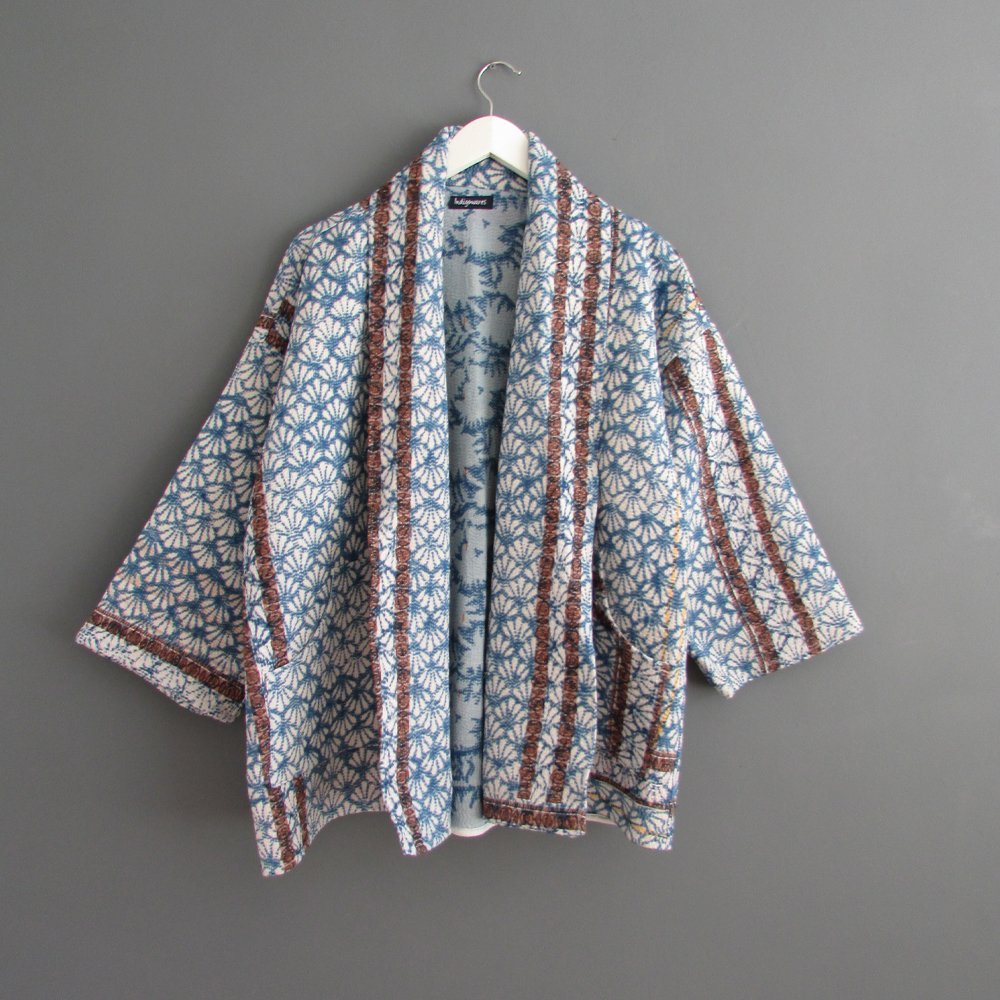Indigowares: founder Lisa Reddings introduces her slow fashion brand
Please introduce yourself:
Hello! I'm Lisa, founder and creator of Indigowares. I live in Hertfordshire and I’m a 47-year-old mother of two.
When did you start Indigowares and what inspired you to do so?
I started Indigowares in 2016 after working in fast fashion for 20 years. At the time I had taken a break from the industry to have children, but when I went through a divorce I had to find a way to make a living and be there for my children at the same time. Since then, Indigowares has become the perfect intersection of following my dream to start an independent ethical brand, and a way of working from home and being able to bring up my kids.
The idea for Indigowares initially came because I had taken up indigo dying as a hobby. I fell completely in love as I learned about its magical dyeing processes, as well as the cultures that did and still do use it. I grew really disillusioned with the fast fashion industry after working in it for so long, and this brought the focus back to making pattern – which was always my passion – and the traditional processes and history behind it.
This evolved into a business through Etsy first. Then I learned to build a website and slowly started adding products there. And as I grew my knowledge of how to run an online business, Indigowares grew alongside that. The goal is always to create something that is timeless, seasonless, and keeps traditional processes alive with a contemporary twist.
What steps go into creating your pieces?
It starts with the design, which has to be tested in order to come to life. We create sample garments, I indigo dye on different fabric contents to see how they take, test different patterns and natural dye techniques – everything needed to land on the perfect combination of things for production.
Production is split between my home studio here in Hertfordshire and our collaborators in India, so the process of creating pieces also looks different depending on where the resources are coming from. For garments like our Kantha Jackets, the process starts by working with our collaborators to source kantha quilts to be repurposed, then created in our classic styles.
Are you in charge of all the steps or do you have a team that supports you?
I design and oversee all the steps, but I have a number of people who collaborate, input, and help throughout production and running the business. So here in England, I work with a seamstress called Caroline, who helps with sewing and general day to day running. Then I have Kay, my virtual assistant who puts together our blogs, newsletters, and different bits of content.
Then we have a number of really close relationships with our collaborators in India. There’s Kiran Sandhu, who owns and runs the farm where our Indigo is grown. Kiran is a fantastic indigo artist and samples pieces for us as well as collaborates on our Seed to Closet designs, which are made on her farm and are 100% traceable straight from the earth.
Our kantha quilts are also sourced from vintage bedding and materials in India – I work closely with a few suppliers in Jaipur to select these for each design.
What is special about choosing these techniques over chemical dying?
Water consumption is lower, for one. Natural dyes prevent the pollution that chemical dyes cause. Chemicals dyes are also harsh against your skin – they can cause allergies and irritation that you may not even think about when buying something chemically dyed. Our indigo dye is certified and tests at over 50% pure, which is an amazing amount for natural indigo. You can even see pictures of where our indigo was grown and the process of harvesting on our website. This models the cyclical process fashion can take - materials that come from the earth and can be returned to the earth.
But aside from all the environmental and person benefits, natural dyeing keeps alive traditional techniques. It allows us to celebrate history, culture, and artistry.
What is your favourite Indigowares piece and why?
I fall in love with each one at the beginning when I’m making them. Then stay in love until the next piece comes to mind, and the process starts all over again!
I think with designing something, it's like having children in some ways. You develop it and grow it and love it and nurture it. And then you set it free into the world and hopefully it does well. You're always there to support it – to share it and keep trying to sell it. Then to enjoy when customer reviews come in and other people fall just in love as I did!
I think a lot of artists, at the beginning, you put all that time into your creation. And that’s why you love what you do, but nobody can love one thing forever. We’re always evolving, finding new fibres, new processes, more sustainable methods. That’s what I'd love more than anything – the evolution.
You worked in the fashion industry for about 20 years. What is different now that you work for your own brand?
So many things. We don't work into seasons. We don't work under pressure. We don't have to follow trends. We can be flexible and more human with suppliers, flexible with timelines and the creative process.
The biggest thing is that when you run your own brand, you are in control of your own destiny. Which hopefully means that we can help shape the future of the fashion industry, if we’re the change we want to see.
Indigowares is only a little brand, but if the bigger brands see what we’re doing and the huge positive impact on the environment it can have, then maybe they’ll also start doing what we were doing. Maybe we wouldn't be in this situation, and maybe we can really reduce the pollution of the fashion industry. At the end of the day, the biggest thing I can do through Indigowares is take care of the earth, and help others do the same.
How can people find your beautiful designs?
On our website and on Instagram.
Images: Indigowares





